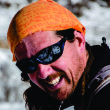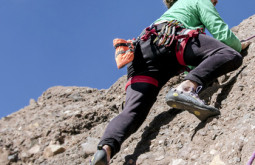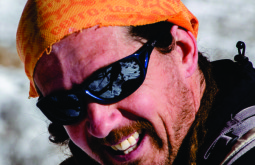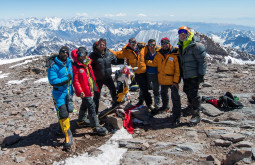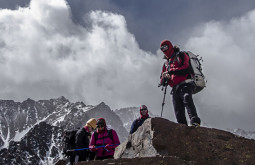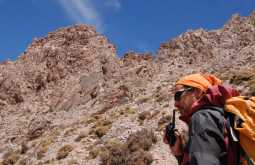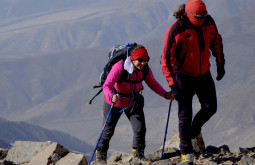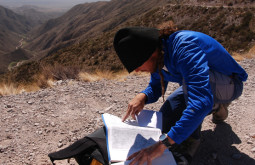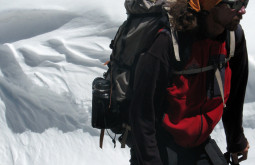Mount Pissis - 16 days
About
Mount Pissis -Next Expedition: 16 January 2025
Mount Pissis is the third highest peak in the Andes and one of the most stunning 6000 metre Andean peaks. Standing at 6793 metres above sea level, Pissis is pretty remote. Although it has an accessible drivable approach, it has a 190 kilometre offroad approach.
The volcanic complex of dormant volcanoes has an extensive glacier with large crevasses, something very unique in the dry Andes. This is due to its massive high altitude plateau that collects enormous amounts of snow even during the summer. It was named Pissis after a french geologist who worked for the Chilean government, Pedro José Amadeo Pissis.
The approach is also very unique. It features all types of wildlife like vicuña, guanaco, foxes and condors. There are 3 major lagoons on the way to Pissis and each one has its own colour ranging from very light turquoise to dark green.
Requirements to join this expedition are:
- International Travel Insurance;
- Altitude mountain climbing or multi-day altitude treks;
- Be healthy and fit enough;
- Fill the booking and medical form;
- Read all the information available on this website.
Itinerary
Mount Pissis - 16 daysDay 1 – La Rioja City Airport – Fiambalá – 1200m
We will previously organise our logistics at Fiambala, then pick you up at La Rioja. Tonight the whole team will gather together and go through all expedition details. Included: breakfast, hotel in Fiambala, drive from the airport.
Day 2 – Fiambala – Cortaderas – 3300m
Time to leave civilisation. After loading all water containers and fuel pods, we start the 2 hour drive to Cortaderas. This is a massive hotel located in the middle of nowhere! On the way we will drive though beautiful valleys and landscapes. Included: breakfast, night in hotel, 4wd drive, lunch break and dinner.
Day 3 – Cortaderas – Las Losas – 3700m
In order not to push acclimatisation, our guides will take you for a night at 3700 metres. Although this a very welcome stop, we’ll have to spend the night in a fairly small hut which was built on the side of the road to offer shelter in case of emergencies. This will be our kitchen, living room and if all agree, our bedroom for 1 night. We also have the option of camping outside in a 5 million star hotel. Included: Breakfast, Lunch, Dinner, night in a mountain hut and the drive.
Day 4 – Las Losas – Falso Morocho – Las Grutas – 4100m
Falso Morocho is a 4500 metre peak not far from the road. We will drive to the base of it and you’ll have to walk the rest of the way. This acclimatisation walk might take us 3 to 4 hours including a lunch break. We will then drive to Las Grutas, where the Argentine customs control is located. We however don’t have to control our passports as we won’t leave Argentina. Included: Breakfast, Lunch, Dinner, night in a hut (bunker beds) and the drive.
Day 5 – Las Grutas – San Francisco Pass – 4740m
After a half hour drive from Grutas on a paved road, we arrive to San Franciso pass which is the border between Argentina and Chile. After a lunch break at 47000 metres, we’ll take an acclimatisation walk so acclimatisation settles in properly. Included: Breakfast, Lunch, Dinner, night in a mountain hut and the drive.
Day 6 – San Francisco Pass – Laguna Aparejos – 4190m
After a 120km drive on paved roads and 38km offroad drive, we’re at Laguna Aparejos, an amazing light coloured lagoon located 40km away from Pissis. Included: Breakfast, Lunch, Dinner, night in tents and the drive.
Day 7 – Laguna Aparejos – Pissis BC – 4600m
This is when the fun starts! We’ll have to overcome some difficult mountain passes in our 4WDs but we get to see some amazing lakes on the way. They’re all salty lakes but if we’re lucky we might see flaminco colonies. Basecamp is located at the end of a flat valley, 8km away from Pissis. Included: Breakfast, Lunch, Dinner, night in tents and the drive.
Day 8 – Carry to Camp 1 – 4600m
It would be too pushy to just keep going higher due to acclimatisation. So we use this trip to carry half of our loads to camp 1 located at 5360m and drop back to BC. Included: Breakfast, Lunch, Dinner, night in tents.
Day 9 – Pissis BC – Camp 1 – 5360m
We take the rest of our loads to Camp 1 today. A tiny path which often fades out, takes us through valleys and side moraines to a snowfield. Camp 1 is located at the top of a massive plateau. Views from here are stunning already. Included: Breakfast, Lunch, Dinner, night in tents.
Day 10 – Rest at Camp 1 – 5360m
Priority today is to rest. If everyone is ok, we can go to a nearby glacier to train our cramponing. Included: Breakfast, Lunch, Dinner, night in tents.
Day 11 – Camp 1 – Camp 2 – 5900m
Not long after leaving camp 3 we hit a glacier. Depending on the ice conditions we might have to crampon up all the way to camp 2. It is located on a huge step, very close to Pissis. Included: Breakfast, Lunch, Dinner, night in tents.
Day 12 – Summit of Pissis – 6793m
Early start! The push to the summit might take us up to 8 hours one way and 2 or 3 return. Most of the way is over a glacier with a very gentle slope. From 6400 metres onwards, we might get wind gusts from west as this is normal in the region. Included: Breakfast, Dinner, night in tents.
Day 13 – Camp 2 – BC – Cortaderas – 3300m
Yes, it is a long day… But very exciting though! The descent from camp 2 to BC is very straight forward. After a lunch break at Camp 1 or BC, we’ll start our 4WDs and drive 105km to Cortaderas. The drive alone might take 5 hours. Included: Breakfast, Lunch, Dinner, night in tents and the drive.
Day 14 – Spare day in case of bad weather – (Or argentine BBQ at Fiambala!)
Day 15 – Cortaderas – Fiambala – La Rioja
We’ll drive you for 5 hours all the way to La Rioja Airport. Included: Breakfast, Lunch, night in hotel and the drive.
** The above itinerary is subject to change due weather conditions, performance of the group, political/administrative problems and any other events not described.
Equipment
Having good mountaineering equipment is one of the key points to have a successful expedition to Pissis. Please note all your personal equipment will be checked by one of our guides in the hotel. There are no rental shops in La Rioja or Fiambala. If your intention is to rent mountaineering equipment, no problem, we can rent it for you in Mendoza but we need to know all your sizes in advanced. Find out rental prices in our FAQ.
Head
-
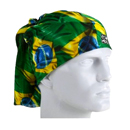
Bandana
Buff or similar
-
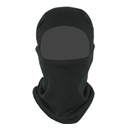
Balaclava
To protect your face on summit push
-
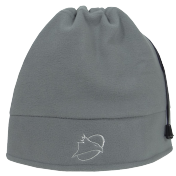
Hat
Woollen hat or similar for cold days
-
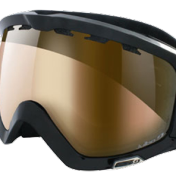
Ski goggles
UV protection goggles to be used during storms or very cold conditions
-
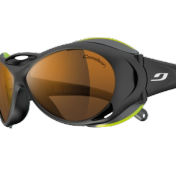
Sunglasses (cat 3 or 4)
With side protection to fit your face
-
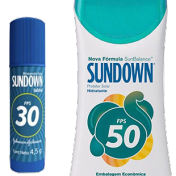
Sunscreen and lip balm
30 FPS or more
-
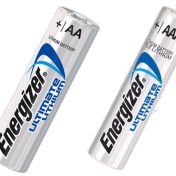
Batteries
AA or AAA batteries depending on your headtorch. Can be purchased in local store.
-
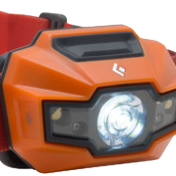
Headtorch
Working headtorch and spare batteries
Torso
-
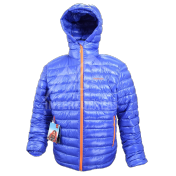
Light down jacket
-
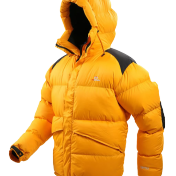
Summit Down Jacket
Heavy hooded down jacket for cold conditions
-
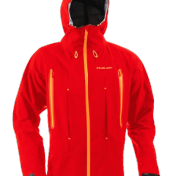
Snowproof jacket
A good snow, rain and windproof jacket
-
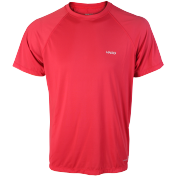
T-shirt
Synthetic fibre long or short sleeve t-shirt
-
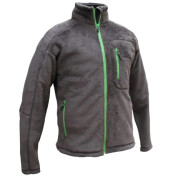
Fleece jacket
Used alone or as part of a layer system for better performance
Legs
-
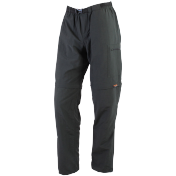
Trekking pants
Light trekking pants
-
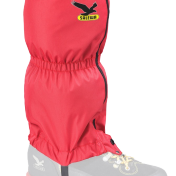
Gaiters
For snow, sand or scree terrain
-
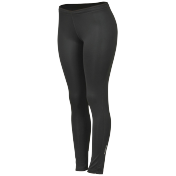
Base layer pants
For very cold days and summit push
-
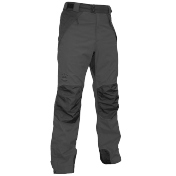
Snowproof pants
Goretex or similar pants will be used for high wind or during snow conditions
-
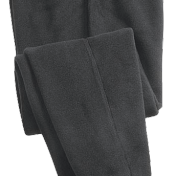
Fleece Pants
Fleece, polartec or similar. To be used with other layers for very cold conditions
Hands
-
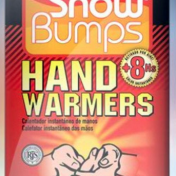
Hand warmers
Chemical hand warmers for the summit push.
-
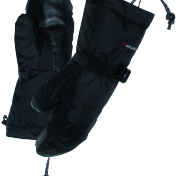
Mittens
Thick down mittens for summit push
-
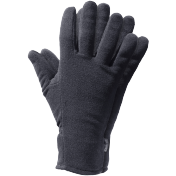
Gloves
Fleece or polartec gloves for every day use
Feet
-
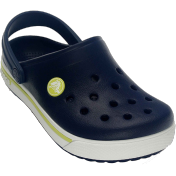
Sandals or crocs
Sandals or crocs for river crossing or hanging around camp
-
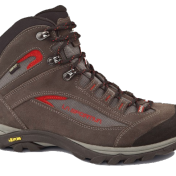
Trekking boots
Waterproof trekking boots, try wearing them before the expedition
-
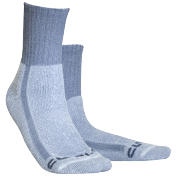
Trekking socks
Good thick trekking socks
-
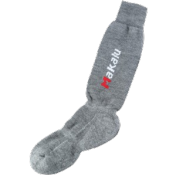
Thick expedition socks
For summit day
-
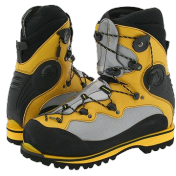
Double boots
A pair of double or double plastic boots such as Koflach Exped, Koflach Vertical, Asolo Ottomilla, Asolo AFS, Trezetta, Scarpa Vega, Scarpa Inferno, La Sportiva Baruntse, Olympus Mons, La Sportiva Spantik, Scarpa Phantom, La Sportiva G2.
Single layer boots such as La Sportiva Nepal XT, EVO, Batura or Boreal Latok, ARE NOT SUITABLE.
Technical equipment
-
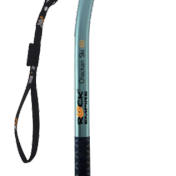
Ice axe
A traverse ice axe (piolet). Can be a straight tool or slightly curved.
-
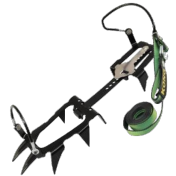
Crampons
Crampons with antibott system
Other Equipment
-
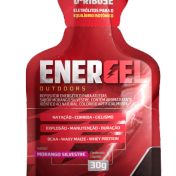
Carbo gels
These gels help out on recovery
-
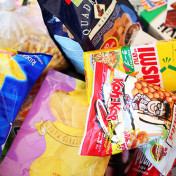
Snacks
Salty snacks, sweets, etc. Any sort of tasty ready food as complement. On high altitude mountains we don’t normally worry about vitamins and proteins as these kinds of food are too hard to digest. You can buy all these in a local market.
-
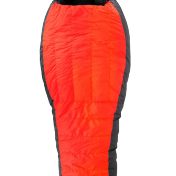
Sleeping Bag
A good down sleeping
-
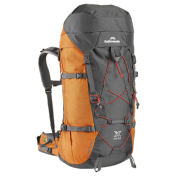
Rucksack
A decent rucksack with hip belt and rain cover
-
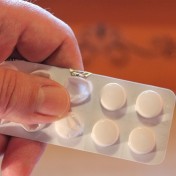
Altitude medicine
Our guides already have pretty much any drugs you might need during any trip. However, it would be great if you could have a spare tab of the most used drugs:
Ibuprofen (Advil)– This is an anti-inflammatory and works great for high altitude head aches
Loperamide (Imodium) – controls diarrea (not to be used in case of digestive infections. Ask our guides) -
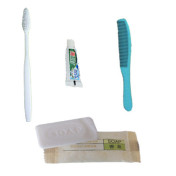
Personal Hygiene kit
Soap, tooth brus, come, etc
-
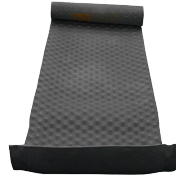
Sleeping mattress
We prefer taking 2 foam sleeping mattress because of sharp rocks. If you have an inflatable mattress you should also bring a foam mattress to protect the inflatable one against sharp rocks. Don’t forget bringing a repair kit if you have an inflatable mattress.
-
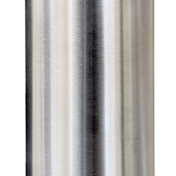
1 litre thermos
Metallic good quality 1 litre thermos for the summit push. You must have one. Please do not bring smaller ones.
-
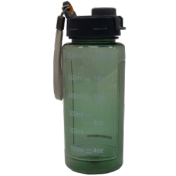
Water bottle
Nalgene 1 litre bottles or similar are great for expeditions! We prefer to not use camelbacks as its hose pipe might freeze
-
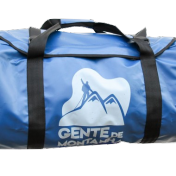
Duffel Bag
Used to transport or store your equipment. In many cases, we transport your personal gear on animals and we don’t want your equipment to get wet or have mule smell…
-
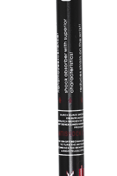
Trekking poles
Gives you more stability during walk and summit push.
FAQ
Can I rent equipment in La Rioja or Fiambala?
No, you can’t. However, we can rent it for you in Mendoza and bring it to you. If your intention is to rent any equipment, please let us know as soon as possible. If you need rental boots, no problem, we need you to draw the contour of your foot on a blank A4 sheet of paper, scan it and then email it to us. The rental prices are as follow:
- Goretex jacket U$67.00
- Trekking poles (pair) U$30.00
- Double plastic boots U$115.00
- Hiking boots U$55.00
- Duffel bag U$30.00
- Fleece Jacket U$30.00
- Down Jacket U$97.00
- Mattress U$24.00
- Crampons U$49.00
- Gloves Polartec U$15.00
- Mountain Sunglasses U$30.00
- Mittens U$42.00
- Rucksack U$55.00
- Pants Polartec U$30.00
- Pants Goretex U$55.00
- Piolet/Ice axe U$49.00
- Gaiters U$24.00
- Down Sleeping bag -30C U$127.00
Can I hire a porter?
Unfortunately, it is a very remote mountain and there are no permanently installed services there.
I can exchange money in La Rioja?
Yes. There are exchange offices that buy US dollars, sterling and euro in La Rioja but not in Fiambala.
There is communication on the mountain?
Yes! At any time you can use our satellite phone. The calls cost U$3/minute. Throughout the expedition, we will post daily updates to our Facebook page via SPOT satellite.
Would you guys call my family and tell them I’m alright?
Of course! Even better! We have a blog that is updated every day! We normally post messages or photos about the expedition progress. Please visit our Facebook page and check the latest posts.
I’ve heard Pissis is just a walk, is it true?
In fact, Pissis is not a technical mountain. Don’t forget the mountain is almost 7000 meters high. Altitude and bad weather have caused many people to lose their lives because they didn’t respect their own boundaries and underestimated the mountain.
What if I abandon or quit the expedition?
If you quit the expedition 1 week before departure, it is possible to recover part of your investment. Contact us and find out more.
If you quit the expedition in La Rioja or Fiambala, you can continue enjoying the services we provide you such as transportation and hotel. However we can not pay back the money you invested because logistics will already be hired.
If you quit the expedition after we left Fiambala, you will have to cover individual transportation and accommodation costs. Everyone who leaves the expedition for personal or health reasons should pay these costs.
If you give up during the summit attempt, you will never have to go down alone. Usually, we coordinate your descent with more expedition members. One of the guides will always be with you.
To leave Pissis, one of our vehicles will have to travel 400km to make a roundtrip to Fiambala. Fuel, maintenance and guide’s expenditure must be covered in case you wish to return home.
What’s your philosophy?
We accept women and men of any age, experience or ambition. We ask our members to be patient, respect the leader’s decisions and never go up or down alone.
Remember that you don’t pay us to take you to the summit, you pay mountaineering professionals with several years experience to help you up and down a steep mountain in the safest possible way.
Our itinerary may seem slower than other companies, this is due to a longer acclimatisation plan based on safety. More days will actually improve the chance of reaching the summit!
Can pay for rental equipment with a credit card?
No, this must be paid in US dollars to our guides.
How much does the climbing permit costs?
There is a required permission to climb Pissis. This has no cost and is carried by the expedition leader.
What sort of training do I need for big mountains like this one?
To 6000m mountains, we recommend you start training at least three months before, depending on your physical condition. Aerobic exercises like running and cycling are very useful. Ideally, ask a professional to recommend you a good aerobic training program. A very effective exercise is to go hiking with a rucksack on lower mountains. BEWARE of injuries! We have had some cases of clients who have trained too much and ended up hurting themselves.
What experience do I need for Pissis?
Ideally, anyone attempting Pissis should have climbed a 6000 metre peak before, in order to become familiarised with acclimatisation and snow walking. We, however, understand how hard it can be to have enough holidays in a year to climb these. So alternatively you can get away with just a multi-day altitude trek such as Everest Basecamp, Annapurna Basecamp or machu picchu.
What if I have a special diet?
Please tell us in advance about any food issues you might have and also please remind our guides about it too. Unless you bring your own food, we cannot help you if you are mmacrobiotic vegan or celiac due to extreme logistical difficulties. Contact us and let us know about your food restriction.
Who cooks at the altitude camps?
We have very skilful guide/cooks! We guarantee you will e impressed about the meals!
What if I have a health problem?
Our leaders have extensive experience in mountain medicine and can solve most of problems you might encounter.
What if I need a rescue?
All our guides are trained rescuers and experienced in rescues on big mountains. Rescues can be made with one of our 4WD vehicles, this way you can get to a hospital in five hours.
Do you recommend the use of Diamox?
NOT for the Central Andes. In extreme altitudes like the Himalayas or Karakorum we do recommend using Acetilzolamide or Diamox. This drug seems to actually work during the acclimatisation period by increasing the breathing rate at night (reduces CO2 levels), and also is a diuretic which eliminates sodium out of your system. In the Andes mountains however, mountains are too dry and taking diuretics such as Diamox actually decrease your acclimatisation capacity.
I was climbing in Peru before and I had a hard time communicating to my guide. Do your guides speak any english?
Yes, our leader Andy Jones speaks great english. Please check our team’s information and find out about our guides’ communication skills.
What’s the temperature my sleeping bag should stand?
We recommend you to bring good down sleeping bags with comfort temperature of -15 up to -22. Please note there are 2 types of temperatures shown in most of sleeping bags. We’re focusing on the “comfort temperature”.
View our photos of Andy Jones:
Andy Jones
High Altitude Mountain GuideLanguage skills:
| Spanish - native speaker |
| English - excellent command |
Nearly everyone who went to Aconcagua has heard of Andy Jones. He's one of the most accomplished guides in the region and has summited Aconcagua 44 times! Andy was born in Rosario, Argentina's capital of the pampas (flatlands). During his early career, he worked as a physical educator (a job he's still very proud to keep), but eventually moved to Mendoza and lives there for the last 26 years. Andy Jones has climbed every sort of Andean mountain since he started climbing in the early 90s. He also climbed several high peaks including the highest in Peru, Bolivia, Chile, and Argentina. The well-known Andy Jones is an extremely relaxed and easy going person. All this patience probably led him to conquer the reputation of being one of the most successful guides in Argentina with one of the highest summit ratios in the country. Andy is definitely the guy who you want to have around if just started climbing high mountains.
Map
Cost
Cost varies according to the number of participants, contact us to know payment methods
What’s included:
- Leadership of Andy Jones;
- 1 or 2 assistant mountain guides (EPGAMT/AAGM certification) depending upon number or clients (client per guide ratio = 2/3);
- Collect and return of rentals in Mendoza (if necessary);
- Transport from/to airport;
- 1 night in a 2- star hotel in Fiambala – the rooms are shared by each two expedition members;
- 2 hotel nights in Cortaderas;
- 4Wd private transport;
- Usage of all mountain huts;
- Usage of tents;
- Use of medical kit and medical oxygen;
- Stoves and gas in all altitude camps;
- All meals out of Fiambala;
- Bureaucratic permissions (if necessary);
- Satellite positioning and tracking systems (SPOT) and GPS;
What is NOT included:
- Flights from/to La Rioja;
- Personal climbing equipment (check equipment tab);
- Money return in case you abandon the expedition;
- International travel insurance;
- Lunch and dinner in La Rioja or Fiambala;
- Reimbursement for loss or damage of your personal equipment.
